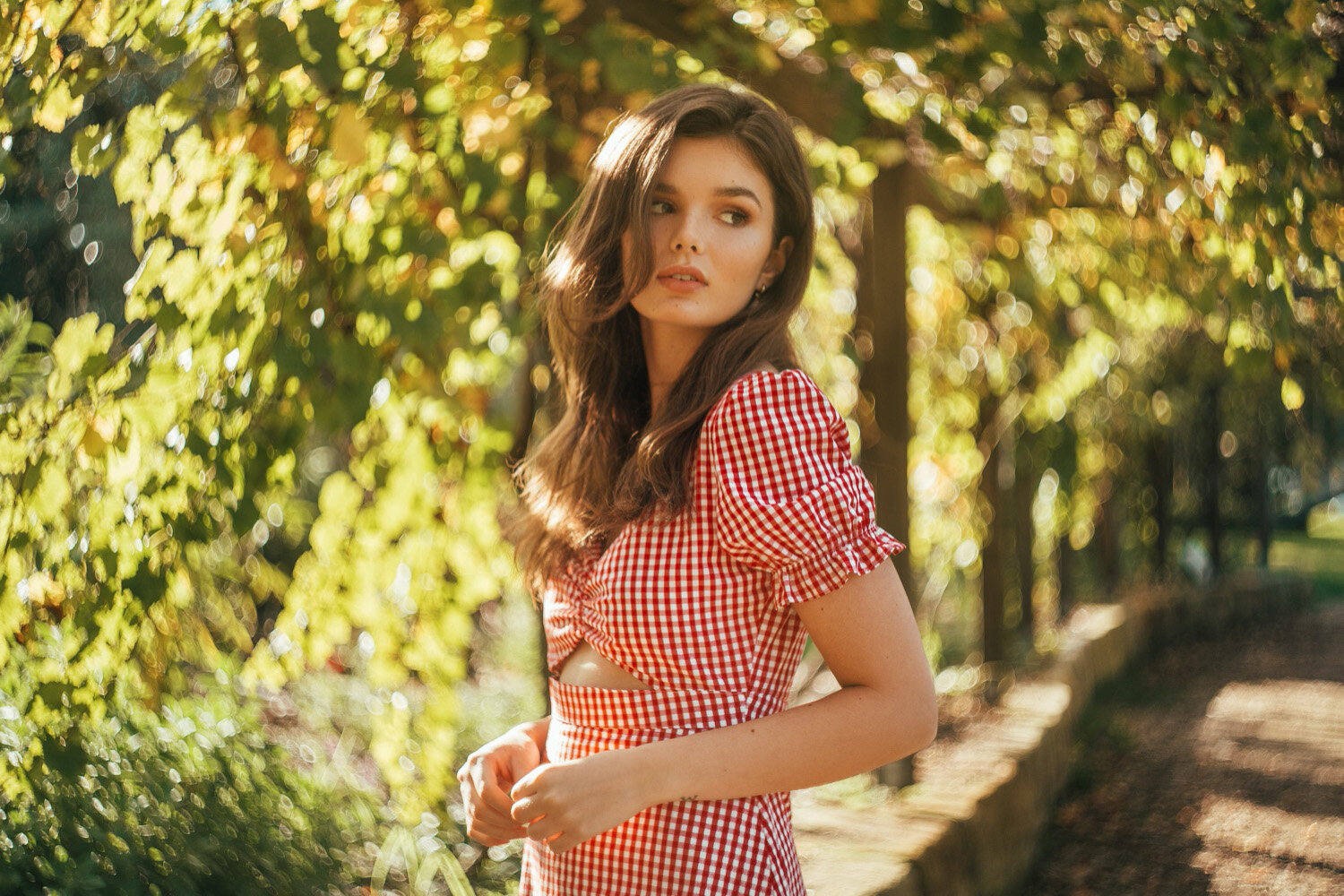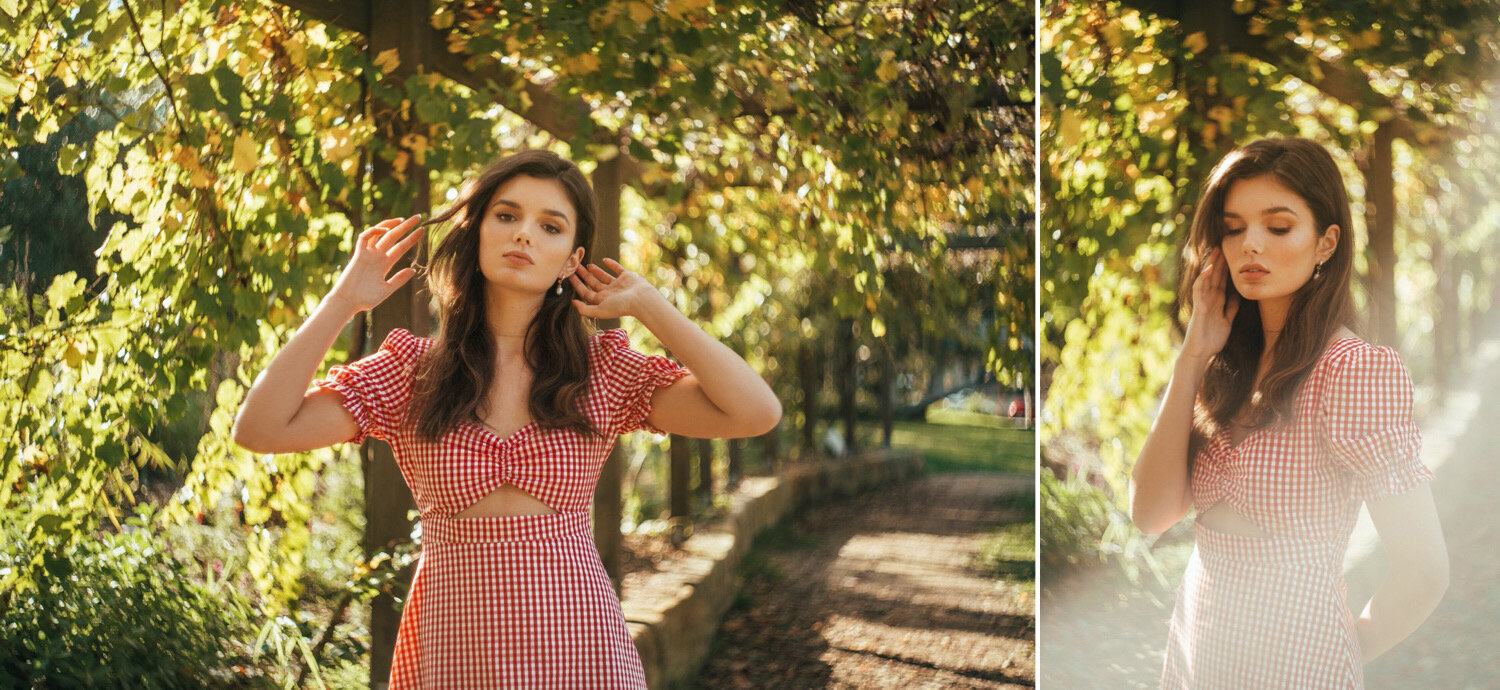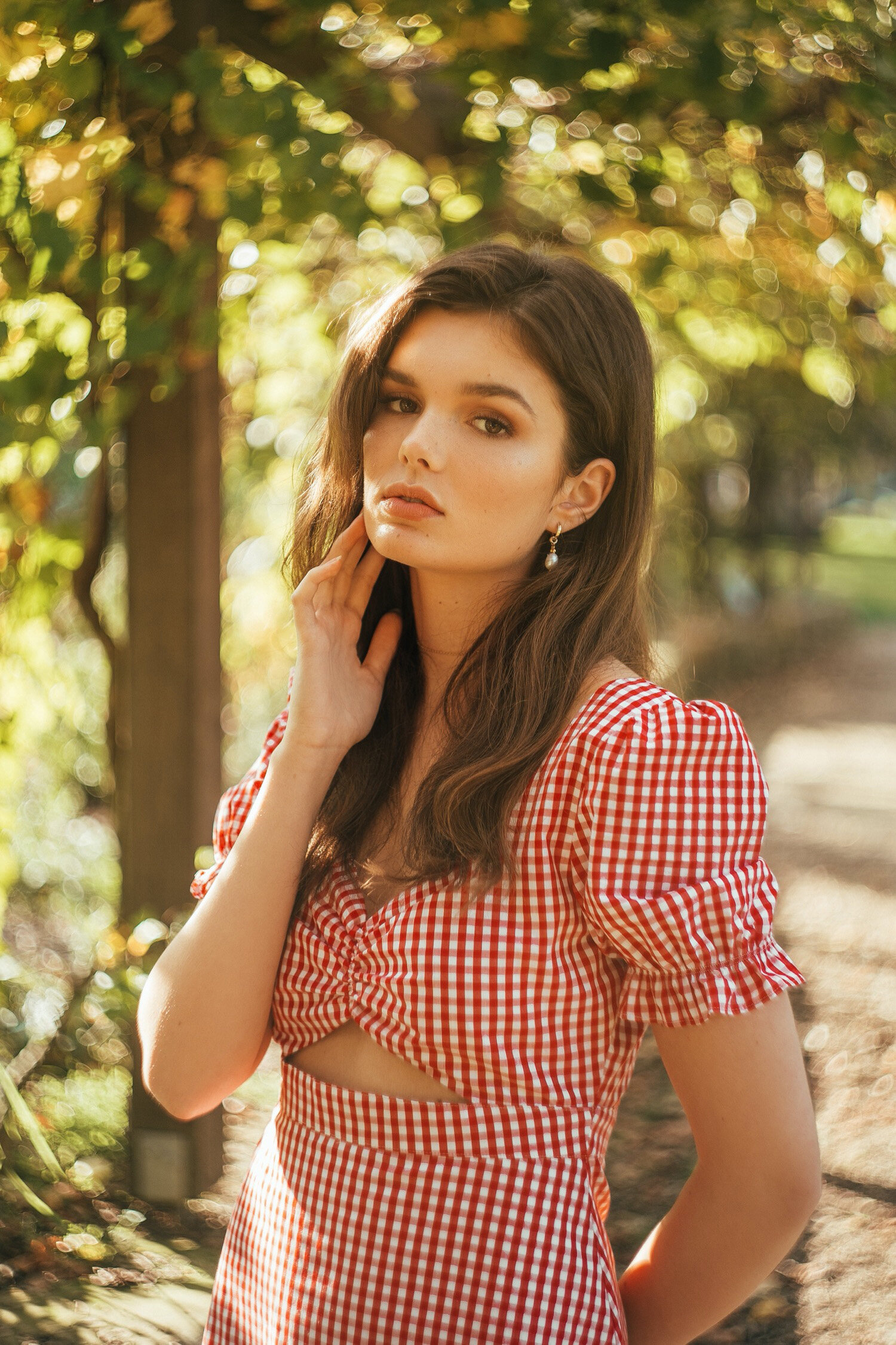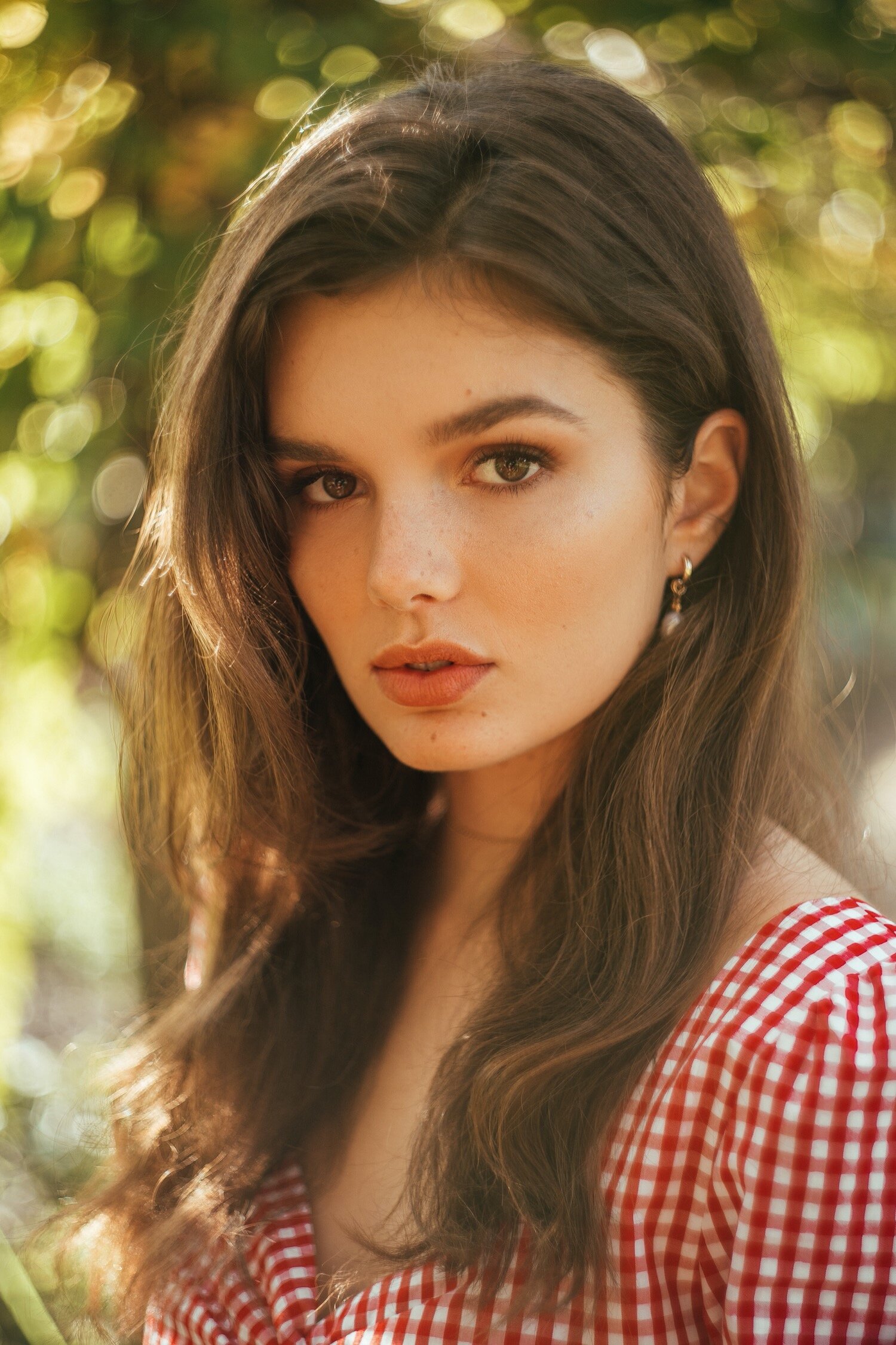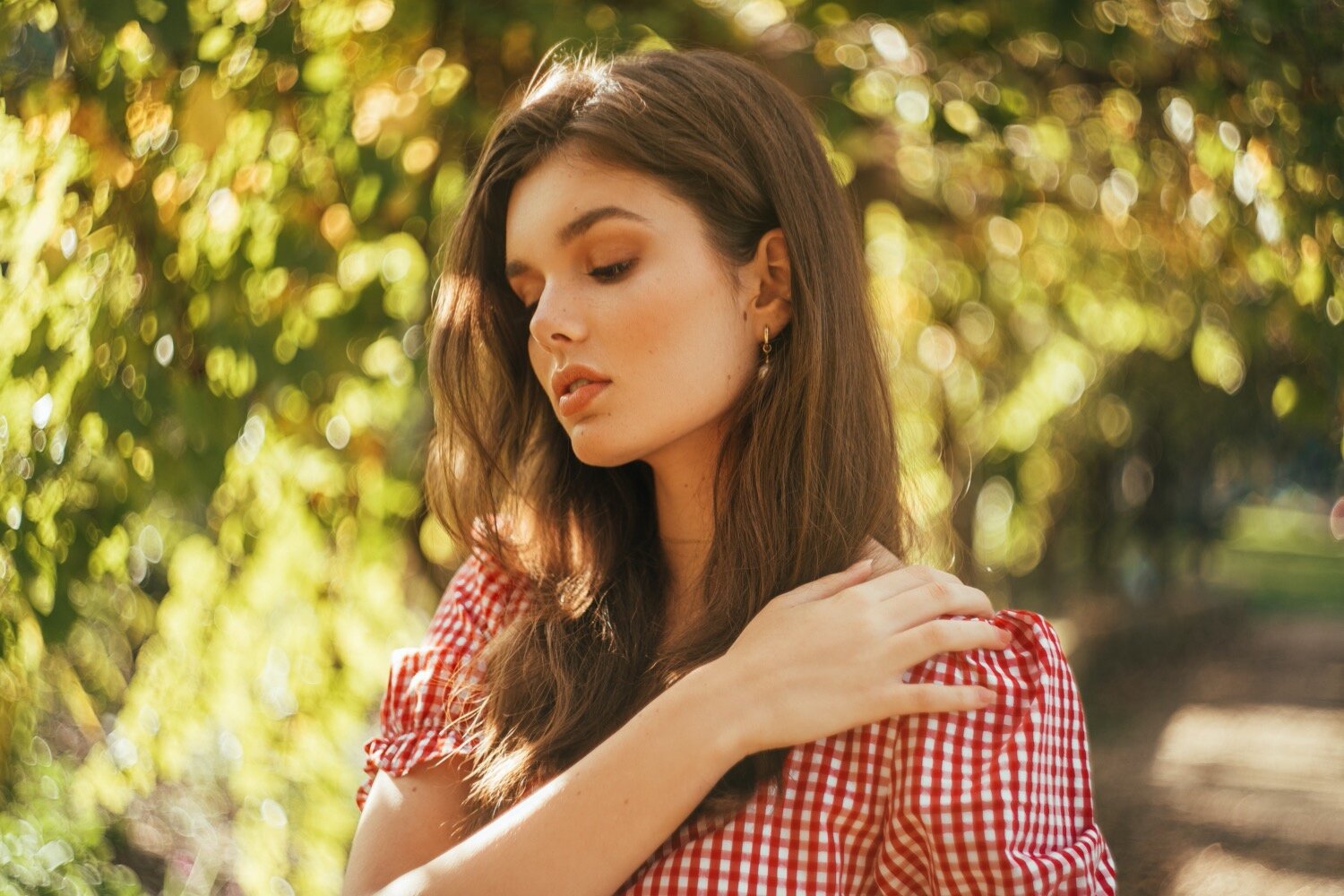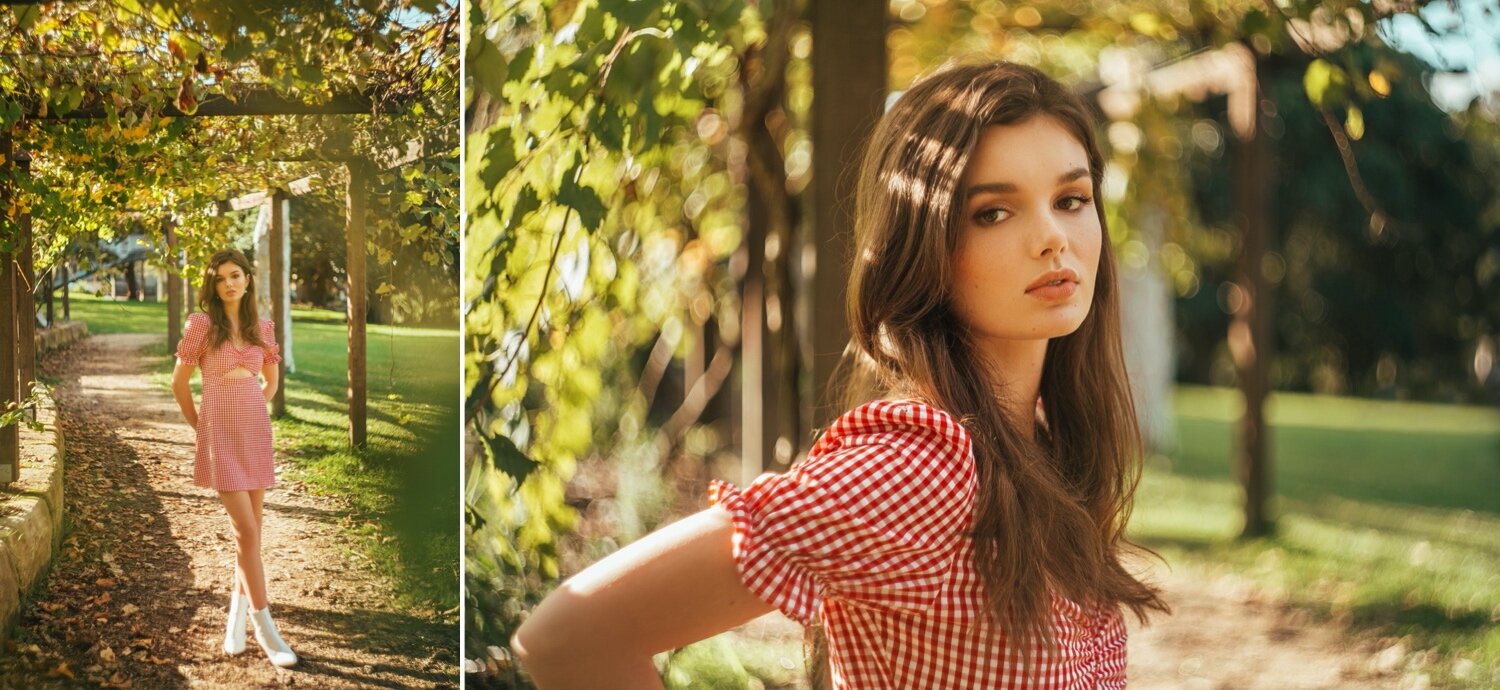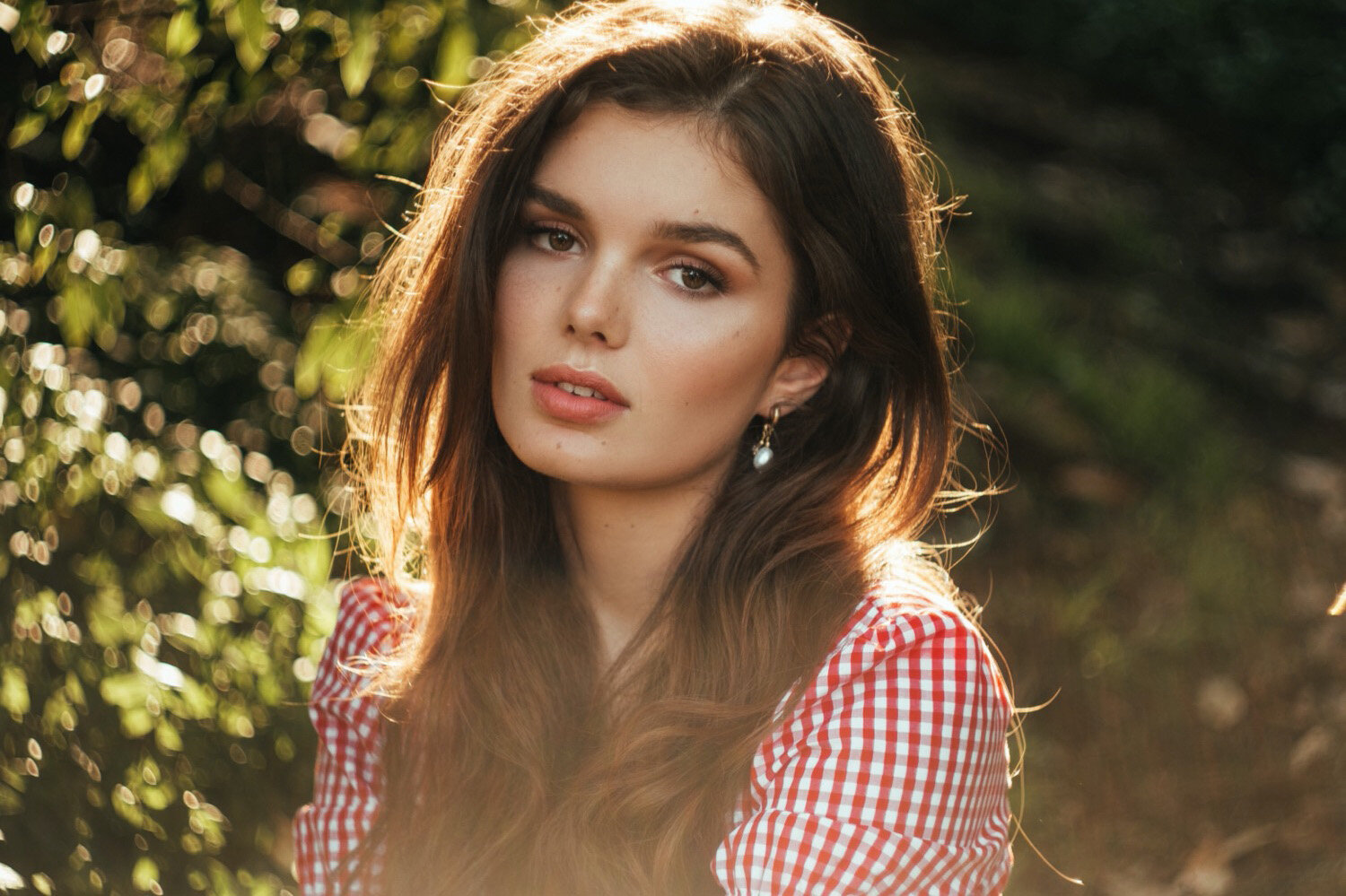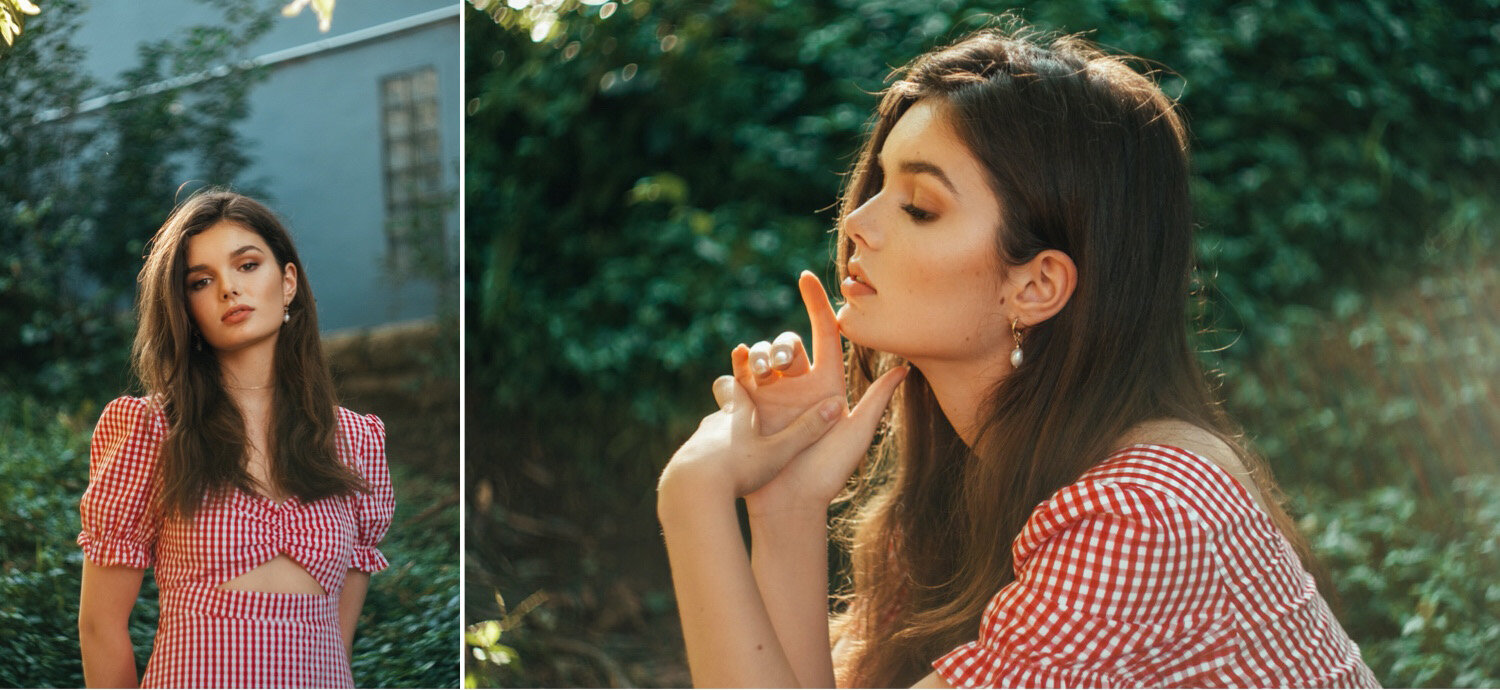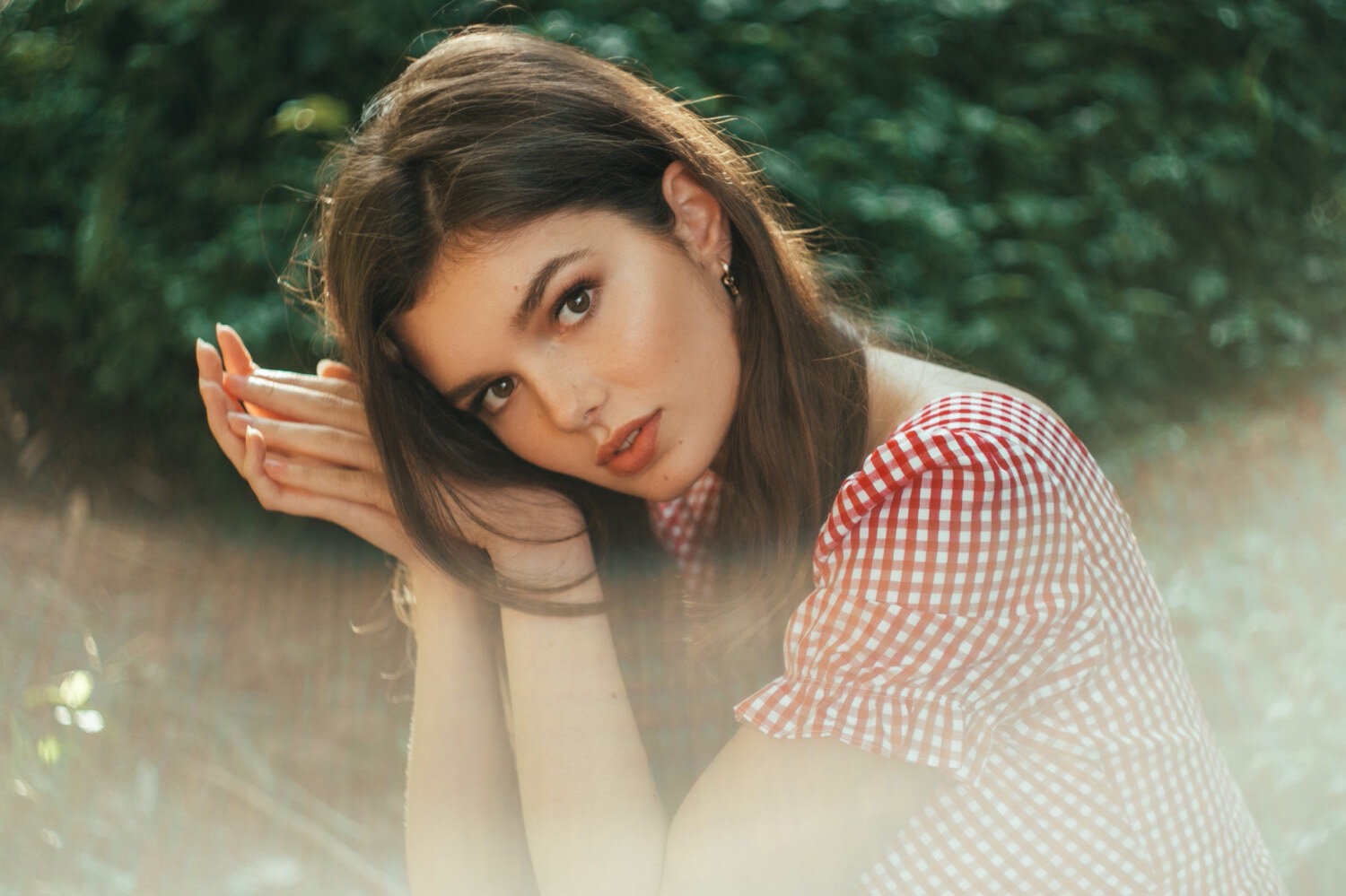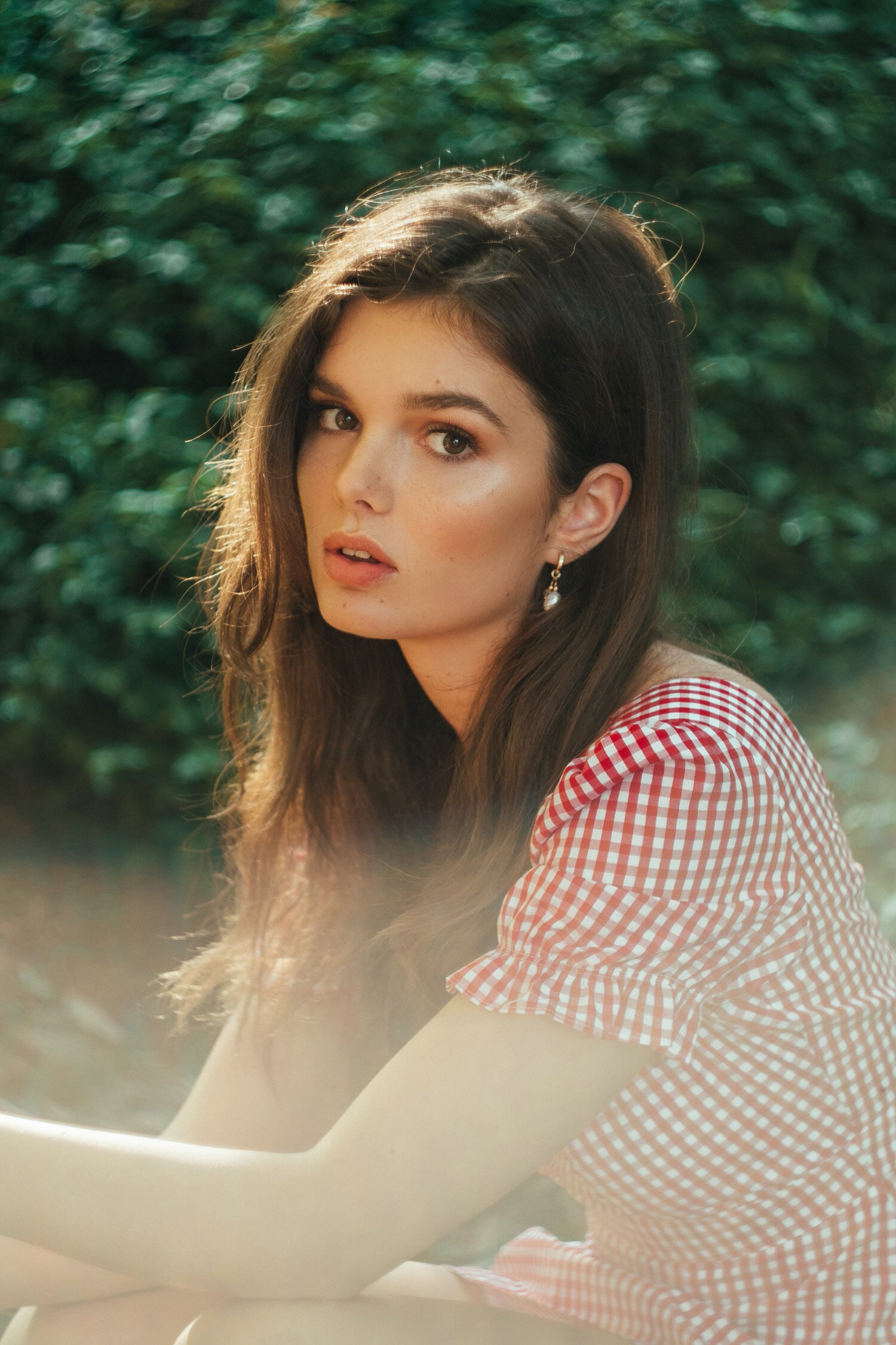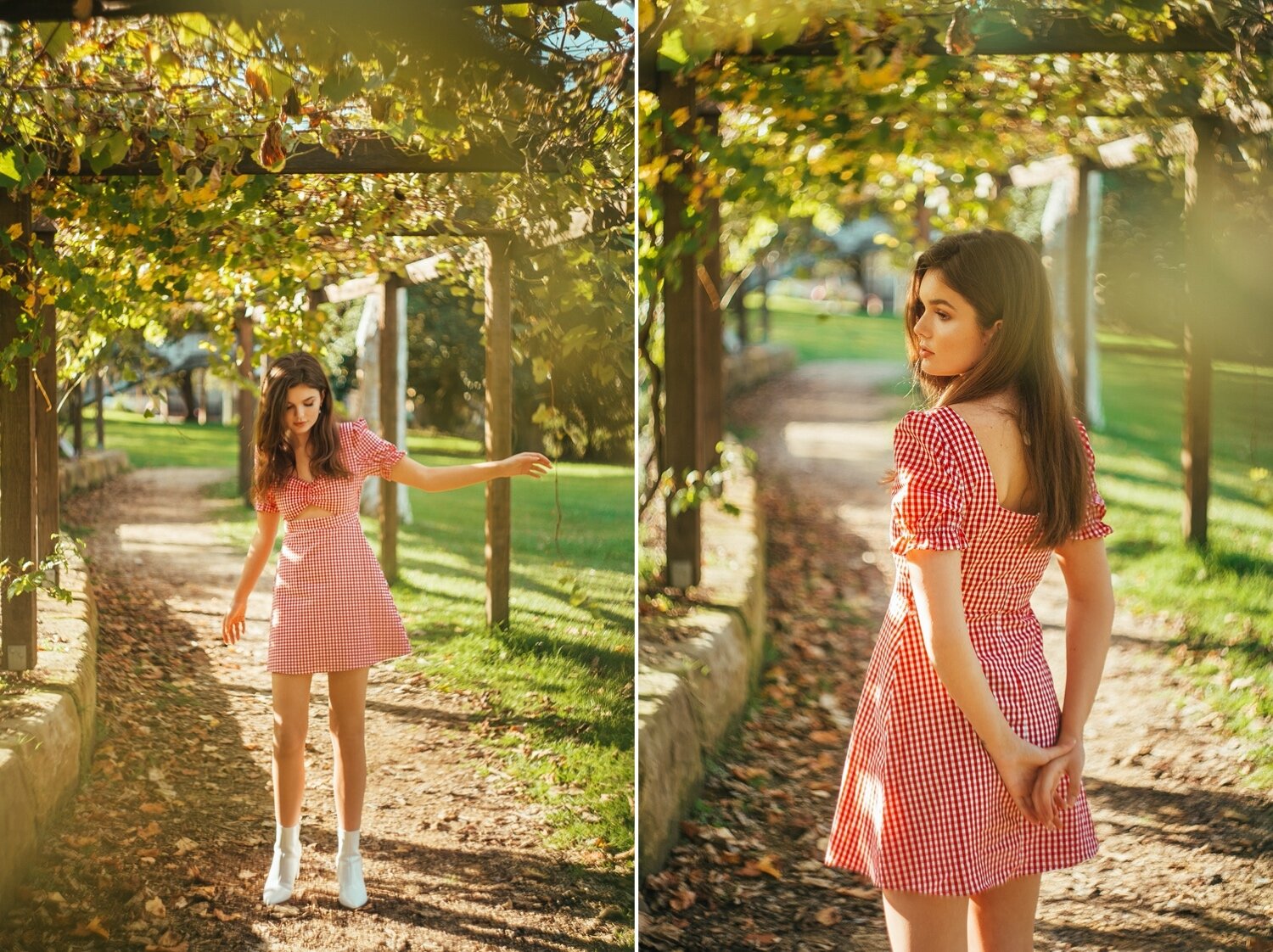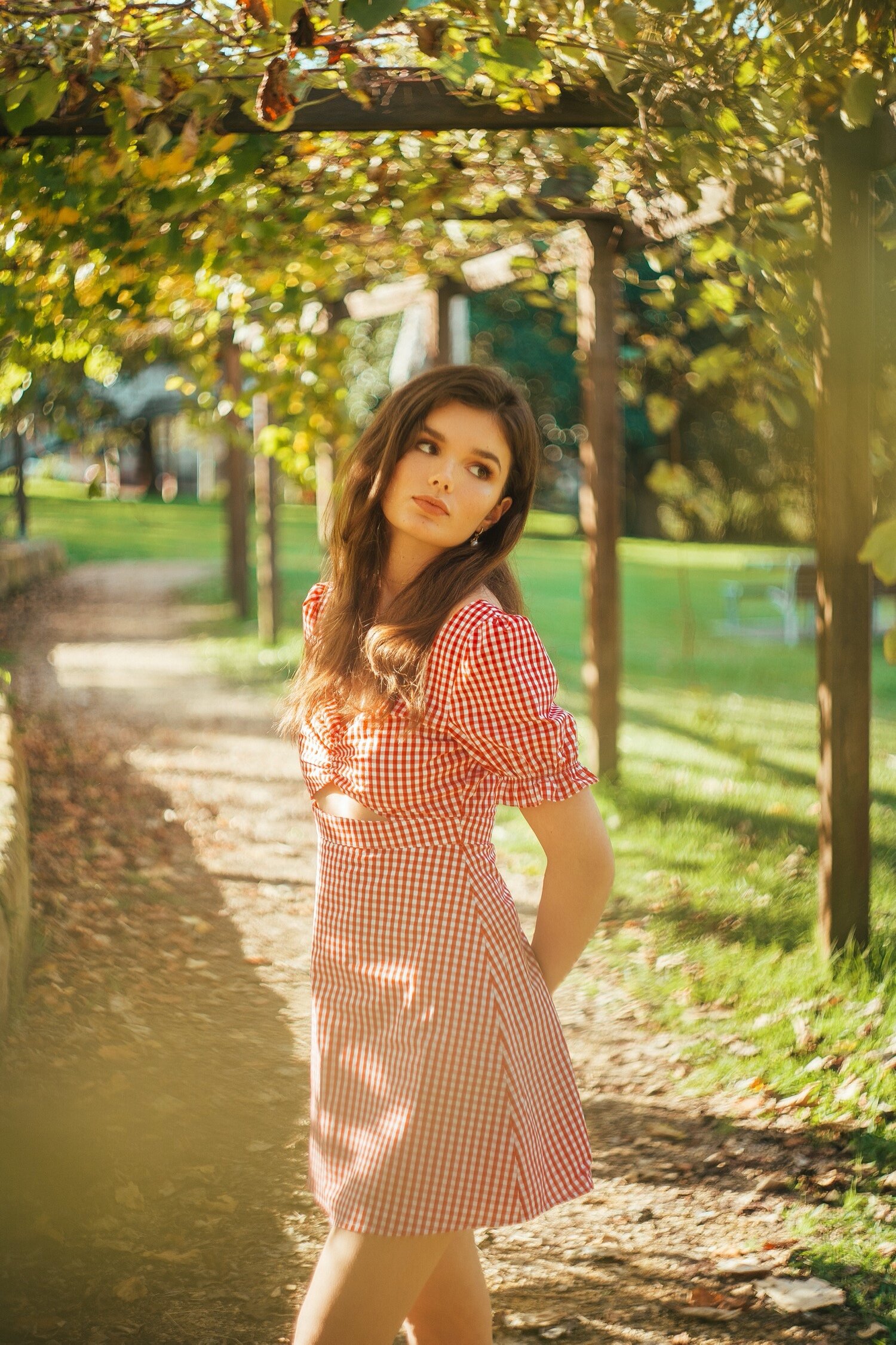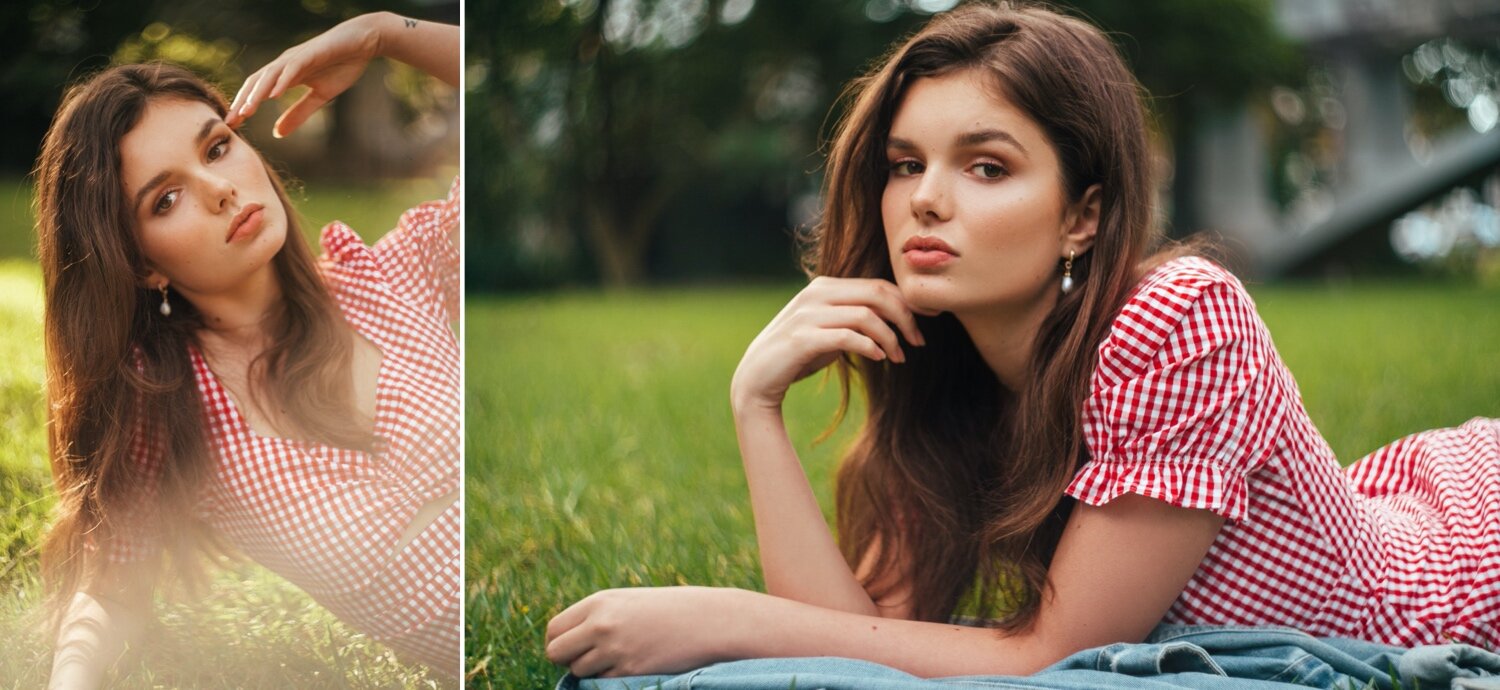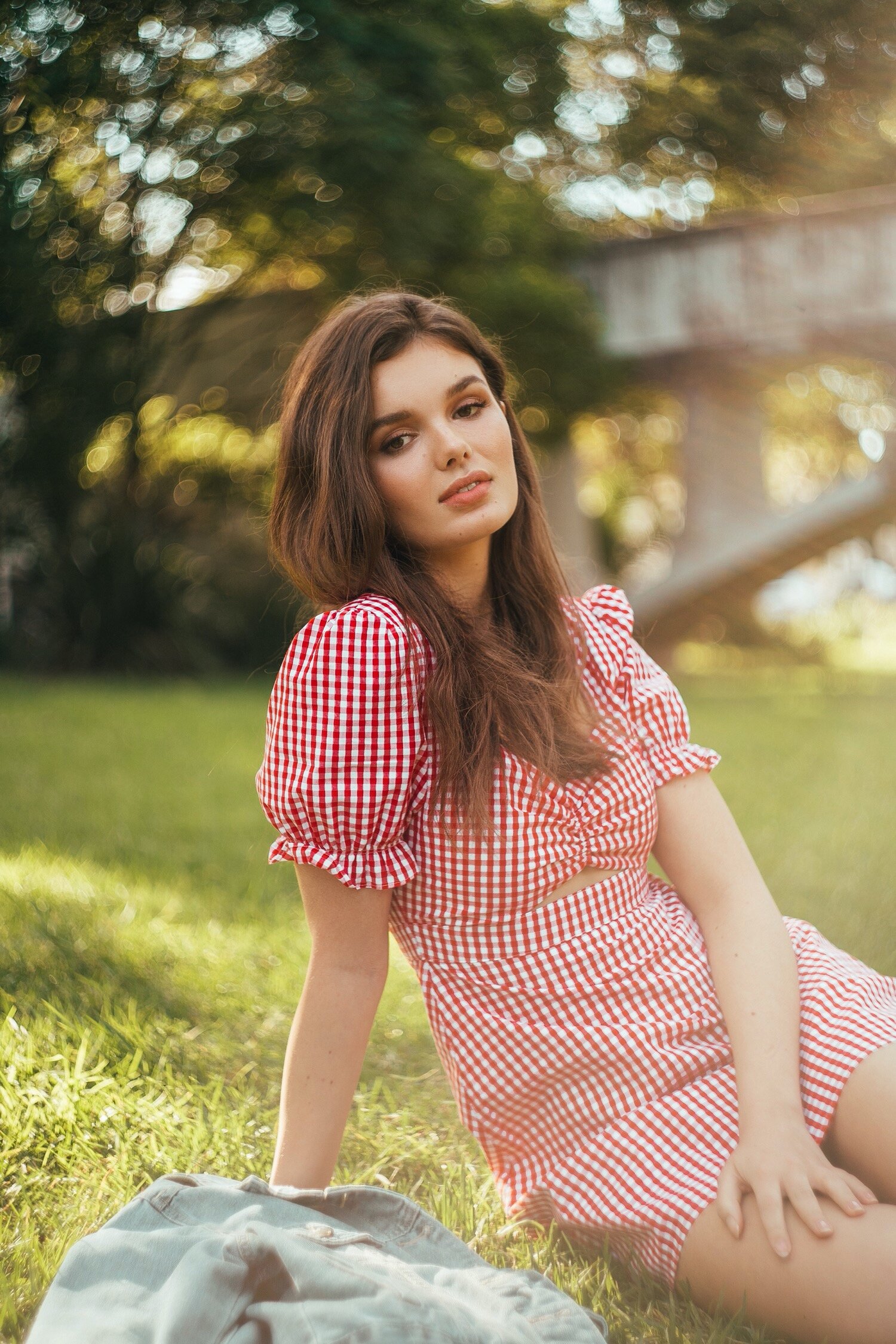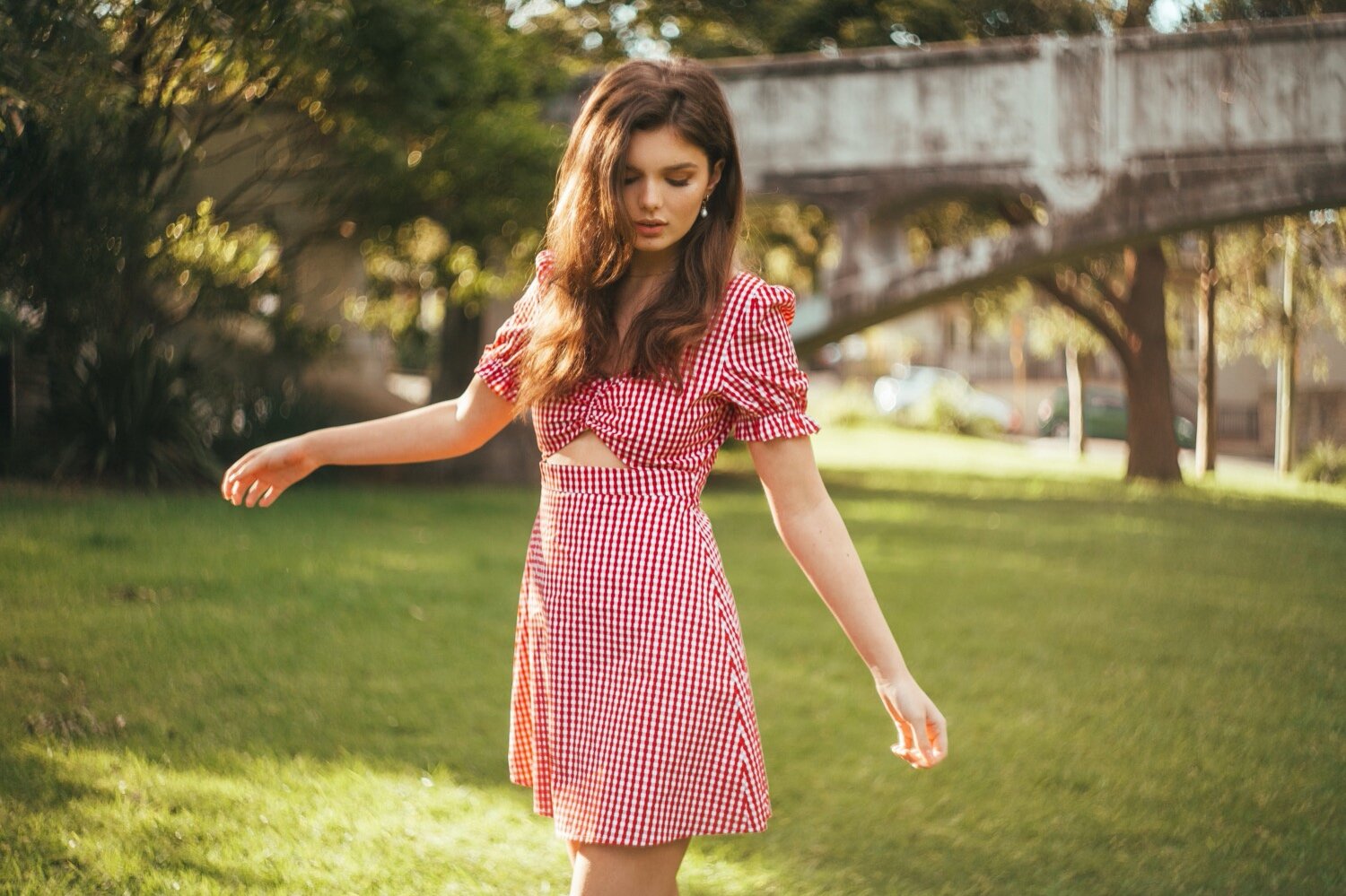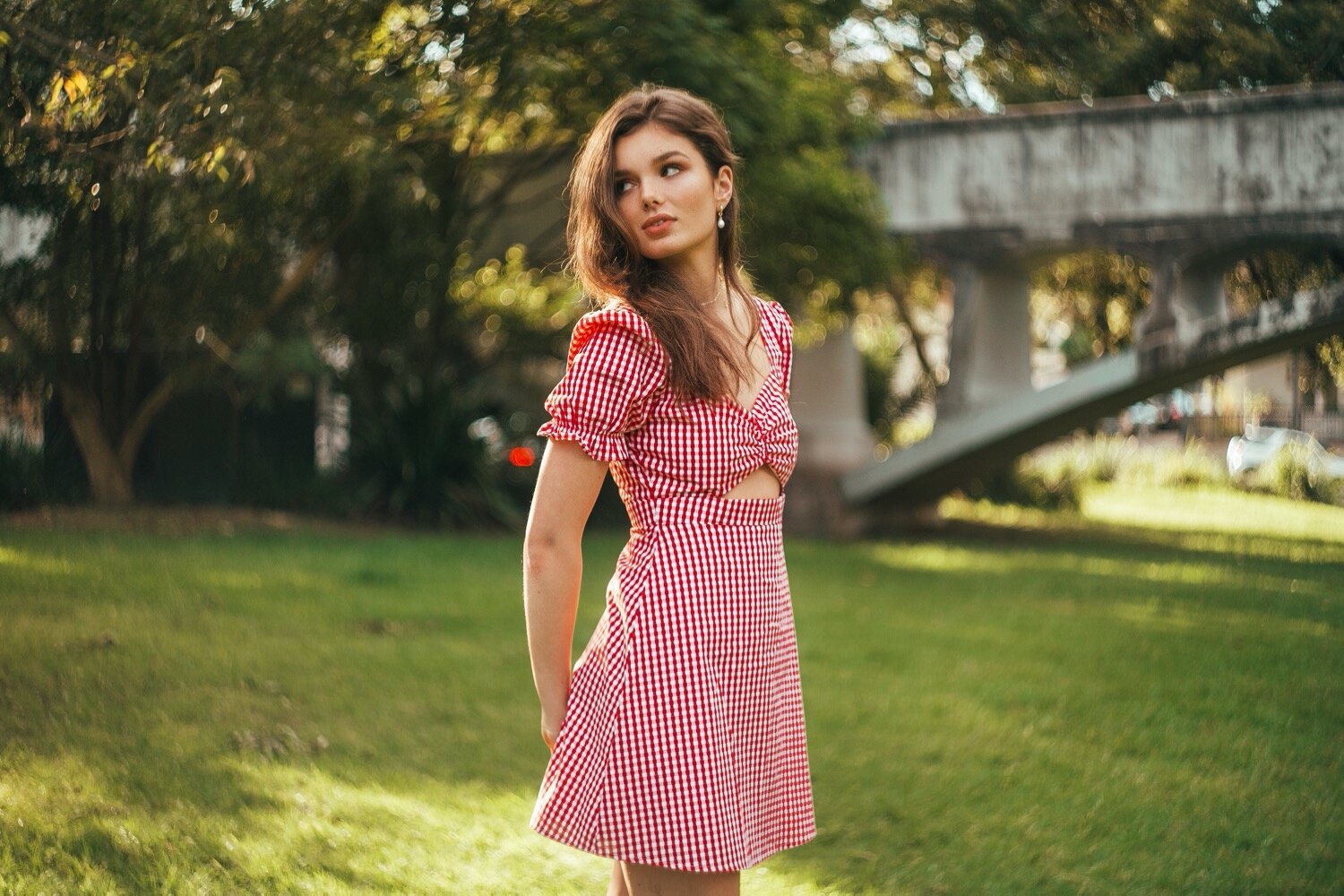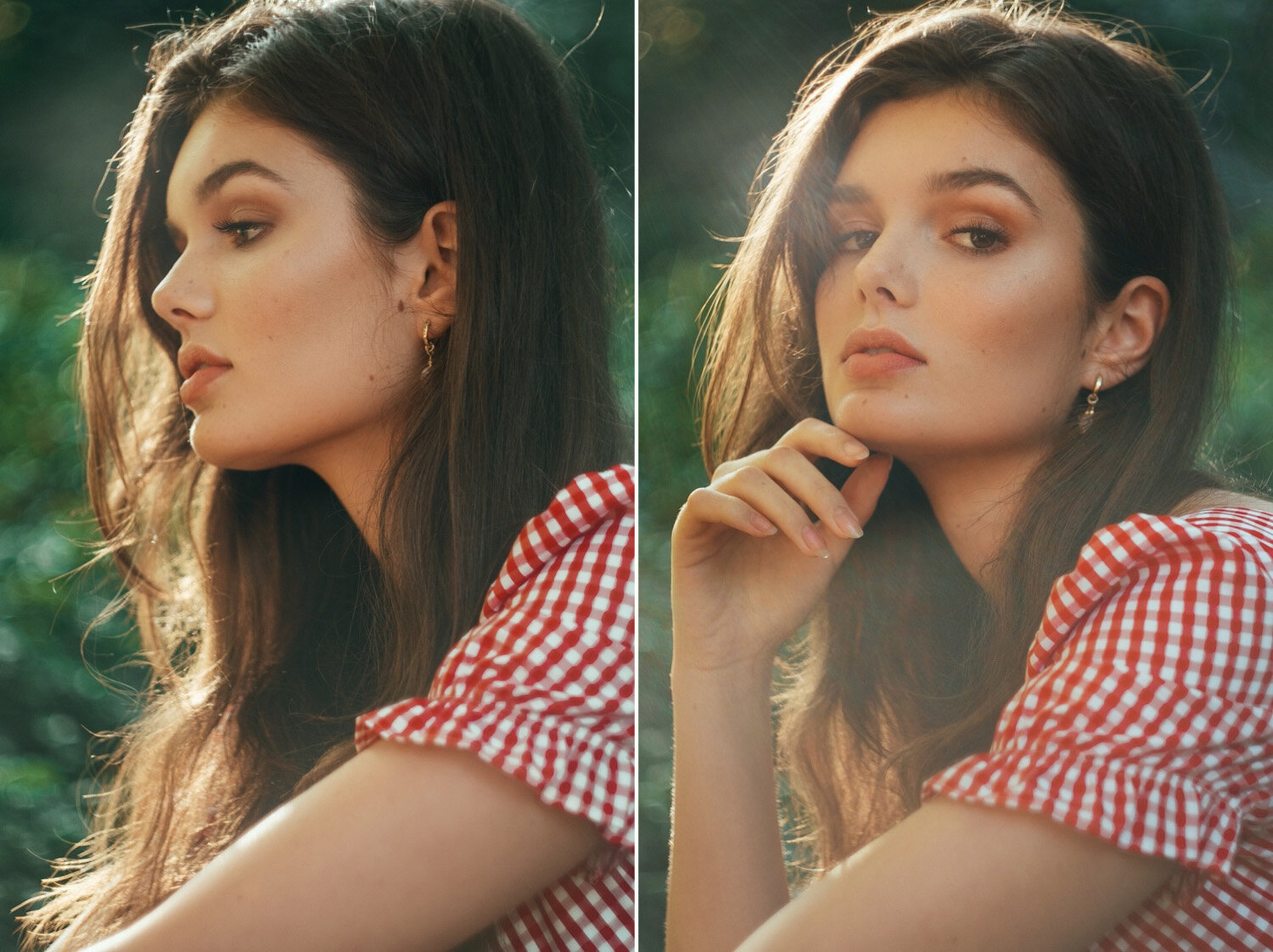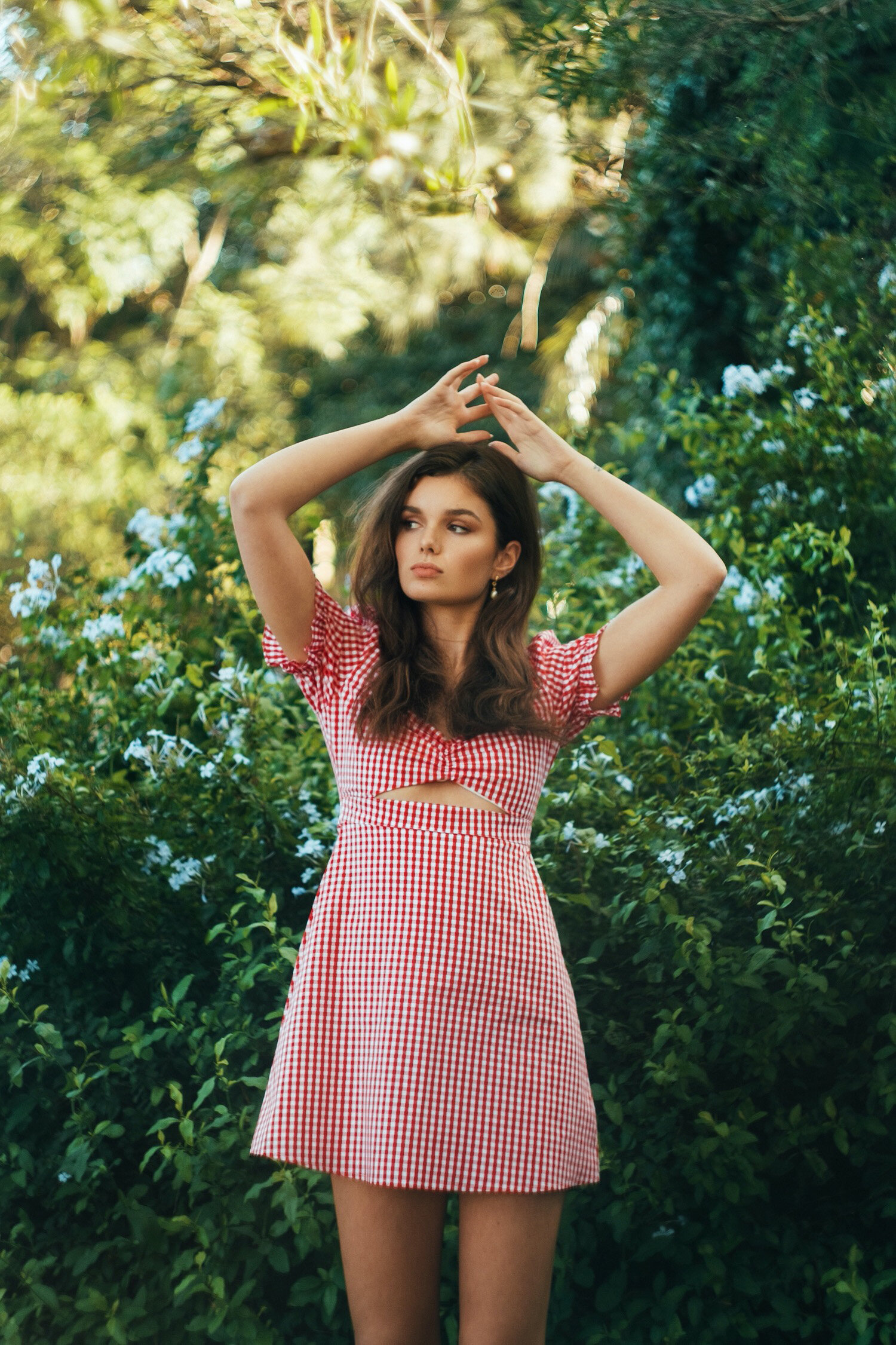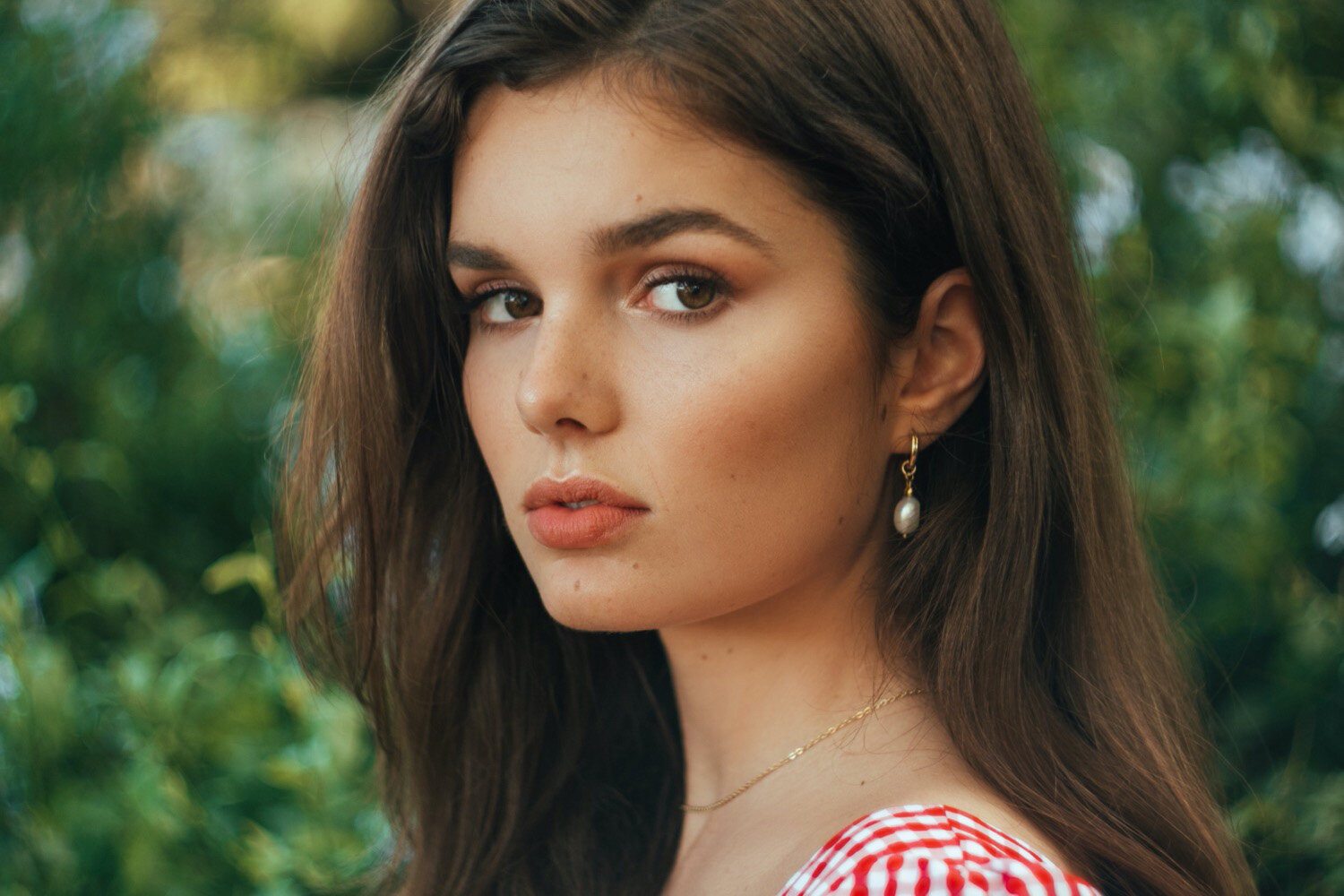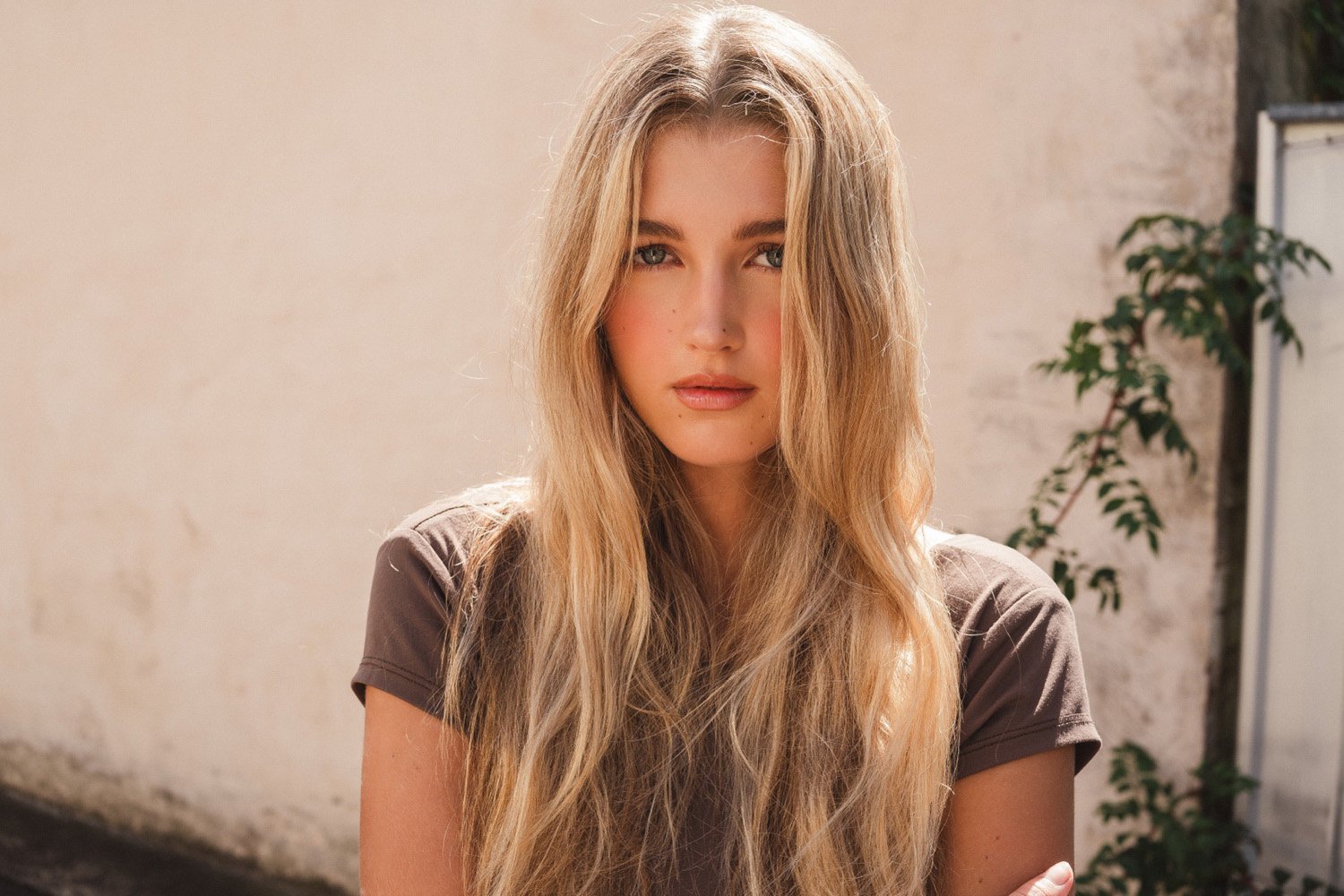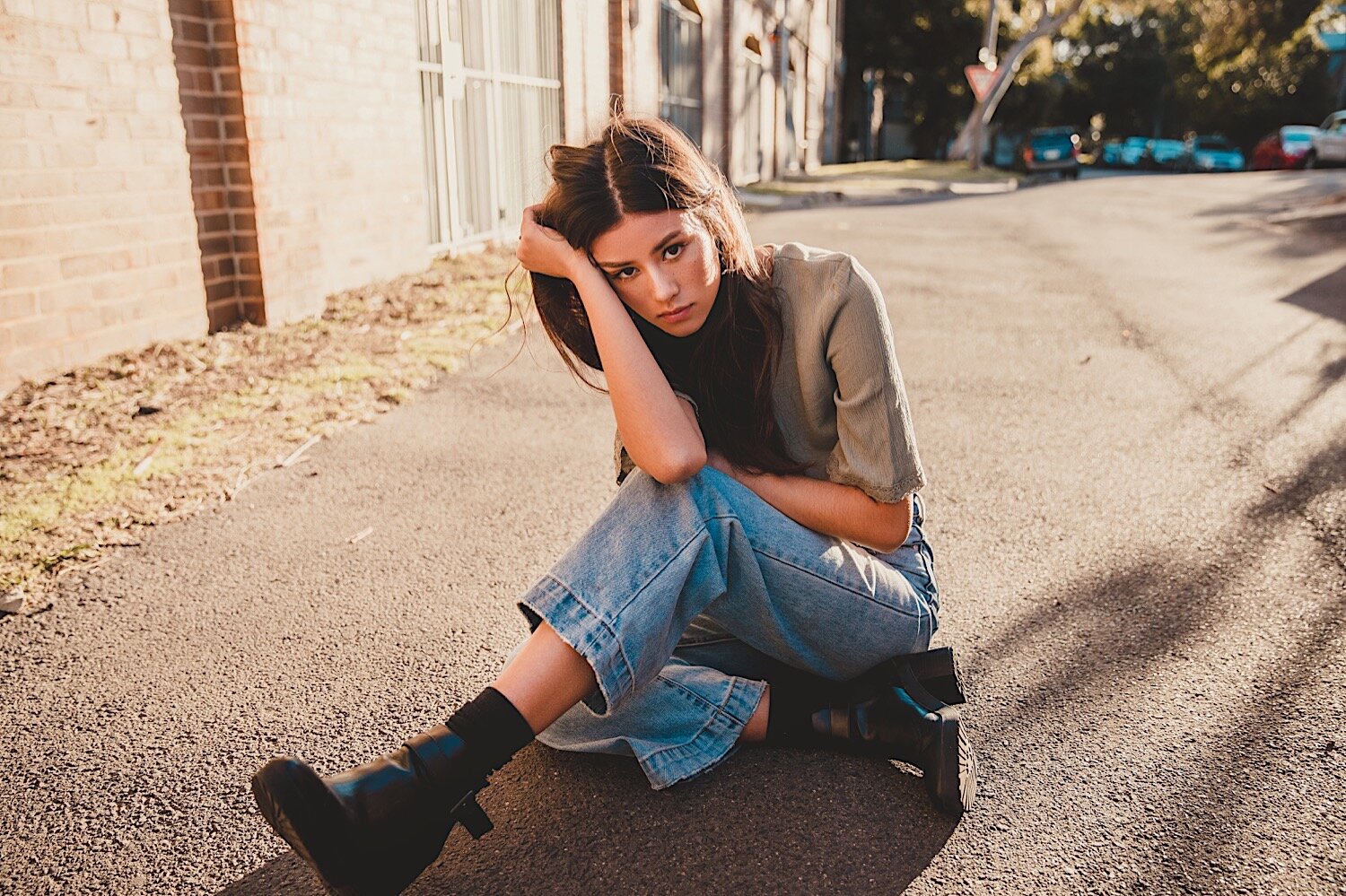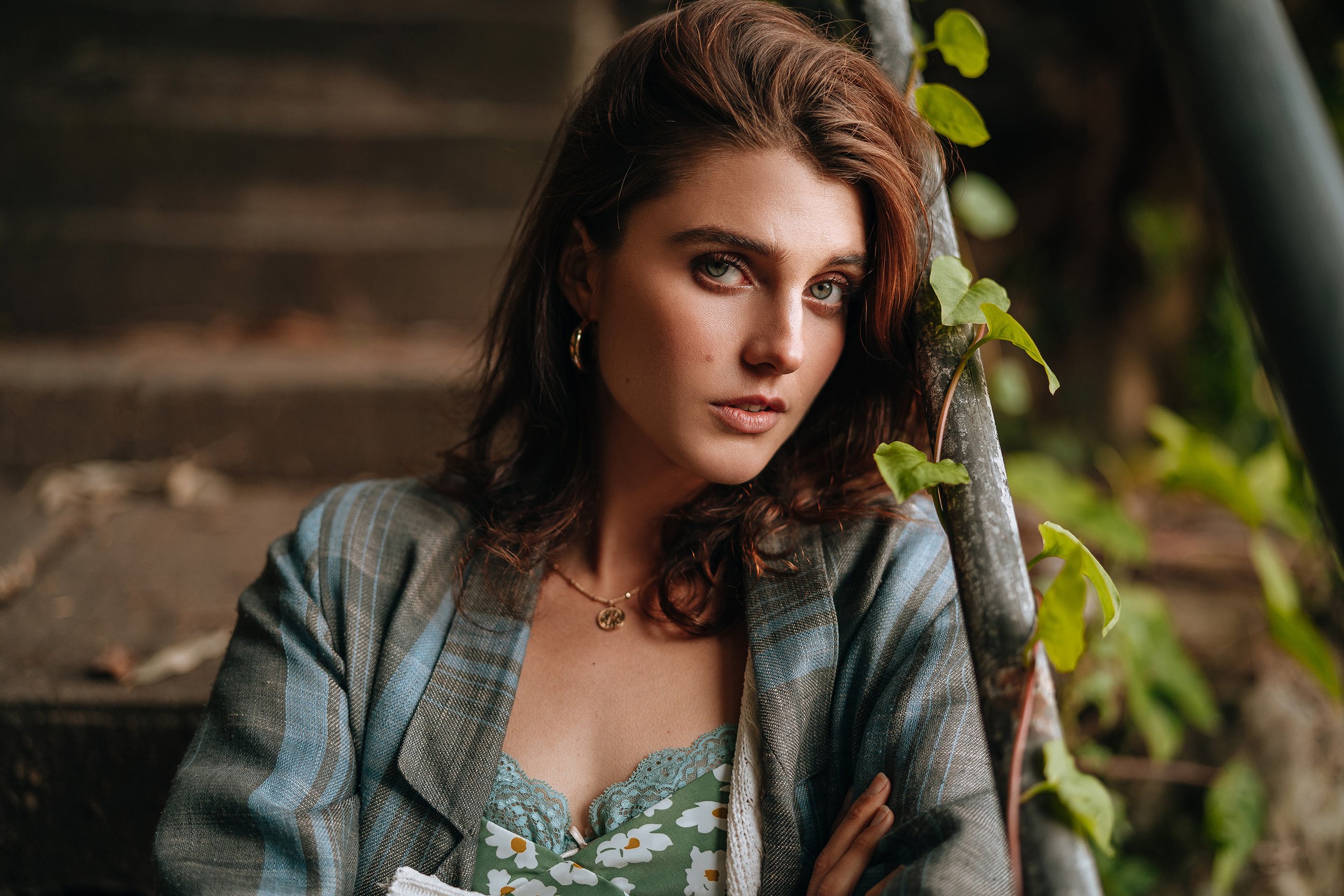The Helios 44-2 is a 58mm f2 lens and during this photoshoot I am using it on the Sony A7III and Fujifilm X-T4. I had a couple of questions during my last portrait photoshoot with a vintage lens. The Helios is a lens made for film cameras, so it requires manual focus when used on a digital camera. All the vintage lenses I own I get in the M42 mount so I can adapt it to any system I use. That’s why I’m using both Sony and Fujifilm for this photoshoot, and I can also adapt them to Canon EF or RF. In this blog post I want to share with you why you should consider using vintage lenses on your digital camera.
Here’s a quick rundown of what mount + adaptors I use:
EF mount // I use a M42 to EF adaptor
FE mount // I use a M42 to EF adapter + EF to FE Metabones IV or V
Fujifilm X mount // I use a M42 to EF adapter + EF to FX adapter which causes a 1.5x crop
Side note: With Fuji it’s also possible to mount via a M42 to EF adapter + EF to FX Metabones speed booster. This would reduce the crop to nearly complete full frame coverage, about a 1.1x crop instead of 1.5x. This opens up a lot of extra vintage manual focus lenses that can be used with the Fuji X mount system without the additional focal length crop.
A setup like this can be a fun, stylistic, creative way to practice your manual focusing skills on the Fujifilm X system with film like results using film simulations and recipes. Continue reading to see why you should consider using vintage lenses on your digital camera.
model mathilda
makeup lidija j
video dan @ i make films
All photos edited with my Palm Valley Lightroom Preset Pack!
1. VINTAGE LENSES ARE FUN
In 2021, we have amazing cameras with lightning fast eye-AF. This is a super handy feature to have as a portrait photographer. You can spend less time thinking about what your camera is doing and more time directing and interacting with your subjects. While I love these features for my professional work, it's refreshing for your creativity to change things up.
By having to focus manually, I feel more involved with my photography. It changes photography from being a job that I do to something more creative. Digital cameras also have features to help you with manual focusing.
On the Sony A7III, you have the option to zoom in to your photo. I was using the zoom feature while taking a full body portrait of our model Mathilda. I asked her to stand in a position, I framed up my photo then zoomed in to find my focus. Once I locked in on focus, I fired off a few photos.
The following photos were taken with the Helios 44-2 on the Sony A7III.
The Fujifilm X-T4 has a lot more focus assist features that I found useful on the day of our portrait photoshoot. While I was taking mid length portraits, I found the Digital Microprism was extremely helpful. The Microprism brings up a checkered circle over the middle of your viewfinder. Where the checkers start to disappear is where the image is in focus. I also enjoyed using the Digital Split Image in Colour.
Focus peaking is a focus assist feature available on both Sony and Fujifilm. However, I find that it appears over too much of the image and covers important features such as the eyes. Thus, focus peaking is too distracting for me and I prefer not to use it.
Despite all these focus assist features available, I found that my copy of the Helios 44-2 is soft in some areas which is honestly somewhat expected from a lens of this age, quality, lack of maintenance and price. When taking mid-length portraits, there was never a stand out point where the image was in focus. You can see this in my SOOC 100% crops of the images I took in my video.
Dan & I will tear down the Helios for a service and clean prior to using for a future photoshoot to see if any improvements in quality and sharpness can be achieved.
The Helios 44-2 really shined for closeup portraits. I especially loved this lens on the Fujifilm X-T4 which has an APSC sensor. The Helios 44-2 will now give us a field of view of 87mm which makes this a great portrait lens.
The following photos were taken with the Helios 44-2 on the Fujifilm X-T4.
2. VINTAGE LENS IMAGE QUALITY
Vintage lenses can produce results that are not possible to achieve with digital lenses. One of the characteristics of the Helios 44-2 is it's swirly bokeh, which is technically a design defect. However, it’s a flaw that is very welcome creatively. You can see it the most when there is a good amount of space between the background, my subject and the camera - the background swirls around Mathilda.
This copy of the Helios 44-2 is not the sharpest lens. Especially compared to the Super Takumars I used in my last vintage lens video. The goal when taking pictures with vintage lenses is not necessarily achieving tack-sharp images. I find that the vintage look of lenses like this really adds to the charm of the final photos.
The only downside I experienced with this lens was due to the adaptors I was using. The lighting in this location was causing an overpowering lens flare depending on what angle I was shooting from. I’m using the M42 to Canon EF adaptor as this allows me to then adapt to Sony with a Metabones and to Fuji with an EF to FX adaptor. The Metabones adaptor is designed to reduce and control internal reflections much more so I didn’t run into any major lens flare troubles on the Sony A7III.
On the other hand, the EF to FX adaptor I was using for Fujifilm is a budget, manual only adaptor that doesn’t have a design that reduces internal reflections as much. Because of that and the lack of a lens hood, in the XT-4 photos you can see a very strong, solid white lens flare which covers half the image. So I felt very restricted with the angles I could shoot from trying to avoid that.
Using an EF to FX Metabones and adding a lens hood would likely help avoid this lens flare from happening. I will in the future use the Helios with a speed booster to be able to shoot with EF converted glass on Fuji X mount with a reduced crop factor.
The following photos were taken on the Helios 44-2 with the Sony A7III.
3. BUDGET LENSES
The last, and perhaps most important, reason is that it is possible to find some really good quality vintage lenses for a very low price. In Australia, I found this Helios 44-2 for $80 AUD. Considering the cost of AF lenses, using vintage lenses is a very budget-friendly solution for photographers.
The Helios 44-2 was fun lens to use for portrait photography and I am happy the results. I personally still prefer the photos I achieved with the 55mm f2 Super Takumar from my last video. I also own a Super Takumar 50mm f1.4 which I haven’t filmed a video with yet. The bokeh from those 2 lenses are just to die for! However, the Helios 44-2 is a lens you can pick up for a super cheap price, cheaper than the Super Takumars and it renders really beautiful results. I especially love it for closeup portraits and the mid-length images where you can see that bokeh swirl!
The rest of the photos in this blog post were taken on the Helios 44-2 + Fujifilm X-T4.
All photos edited with my Palm Valley Lightroom Preset Pack!
If you enjoyed this blog post, you might want to check out my golden hour portrait photography on the Fujifilm X-T4 with the XF 35mm f1.4!


